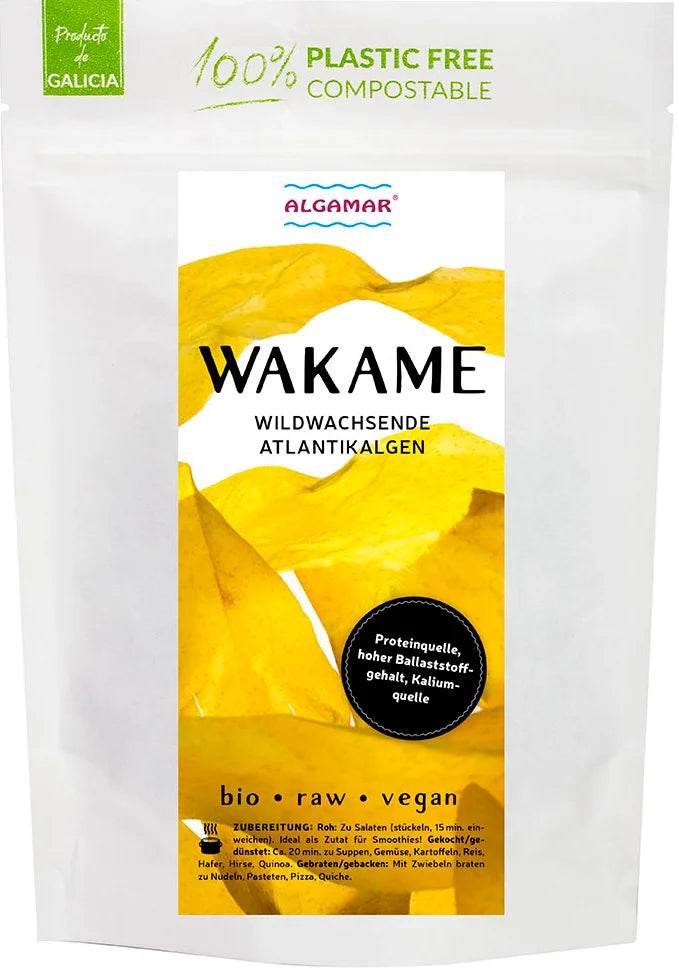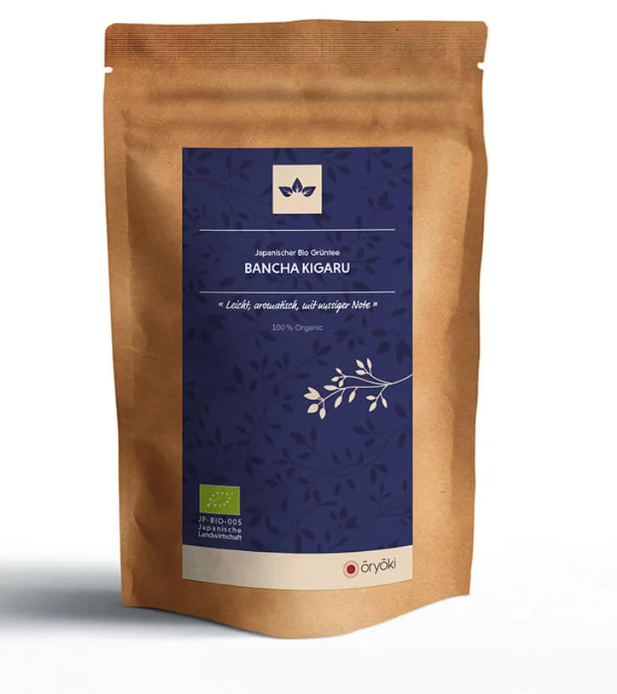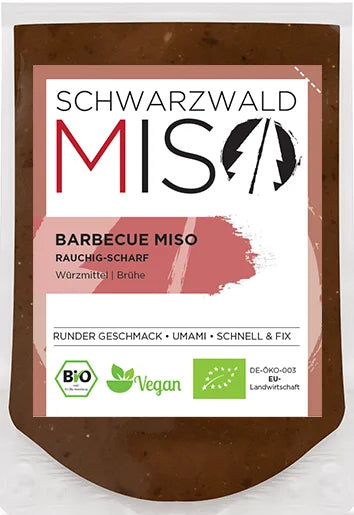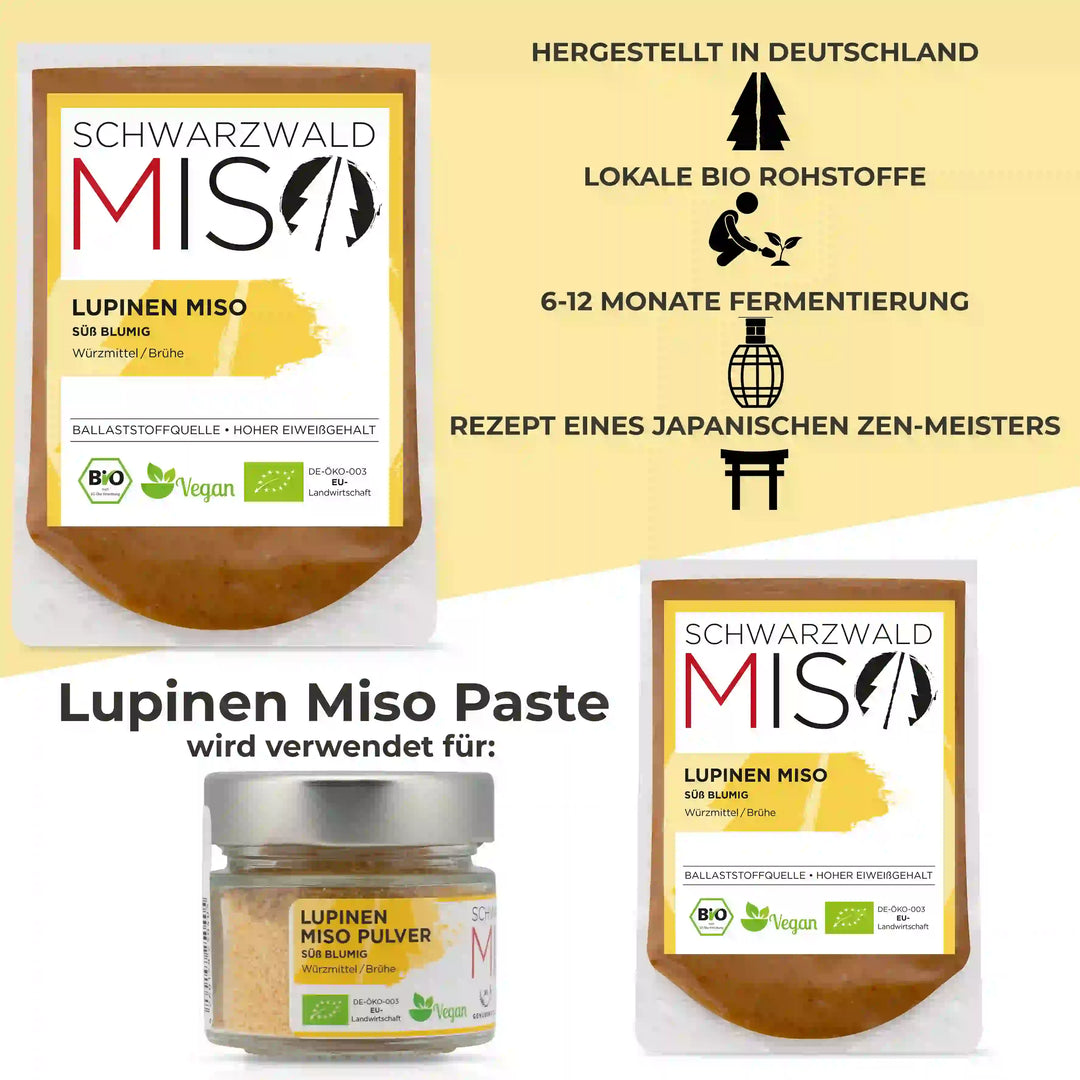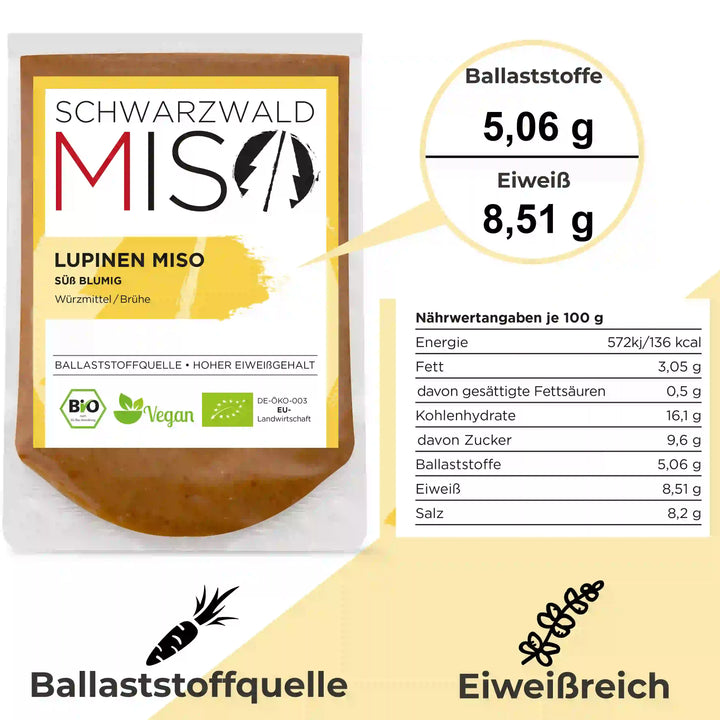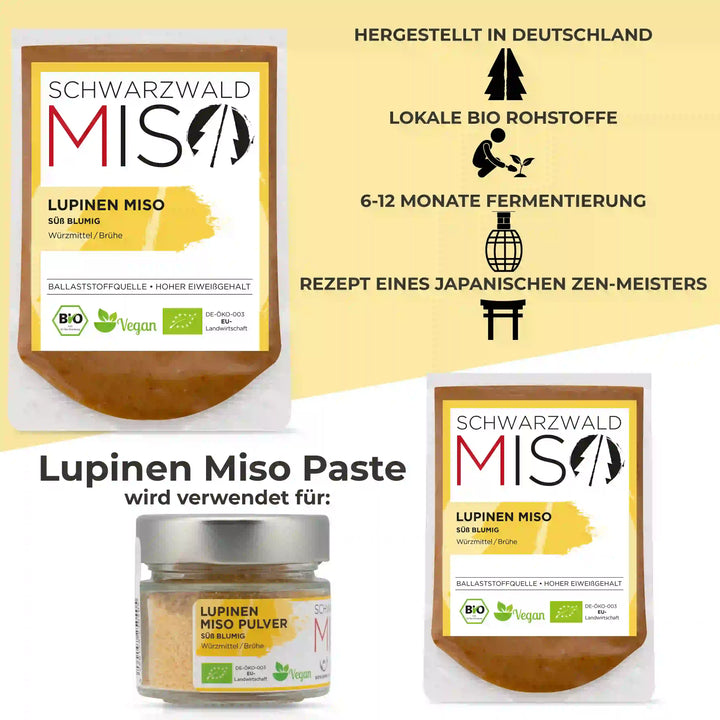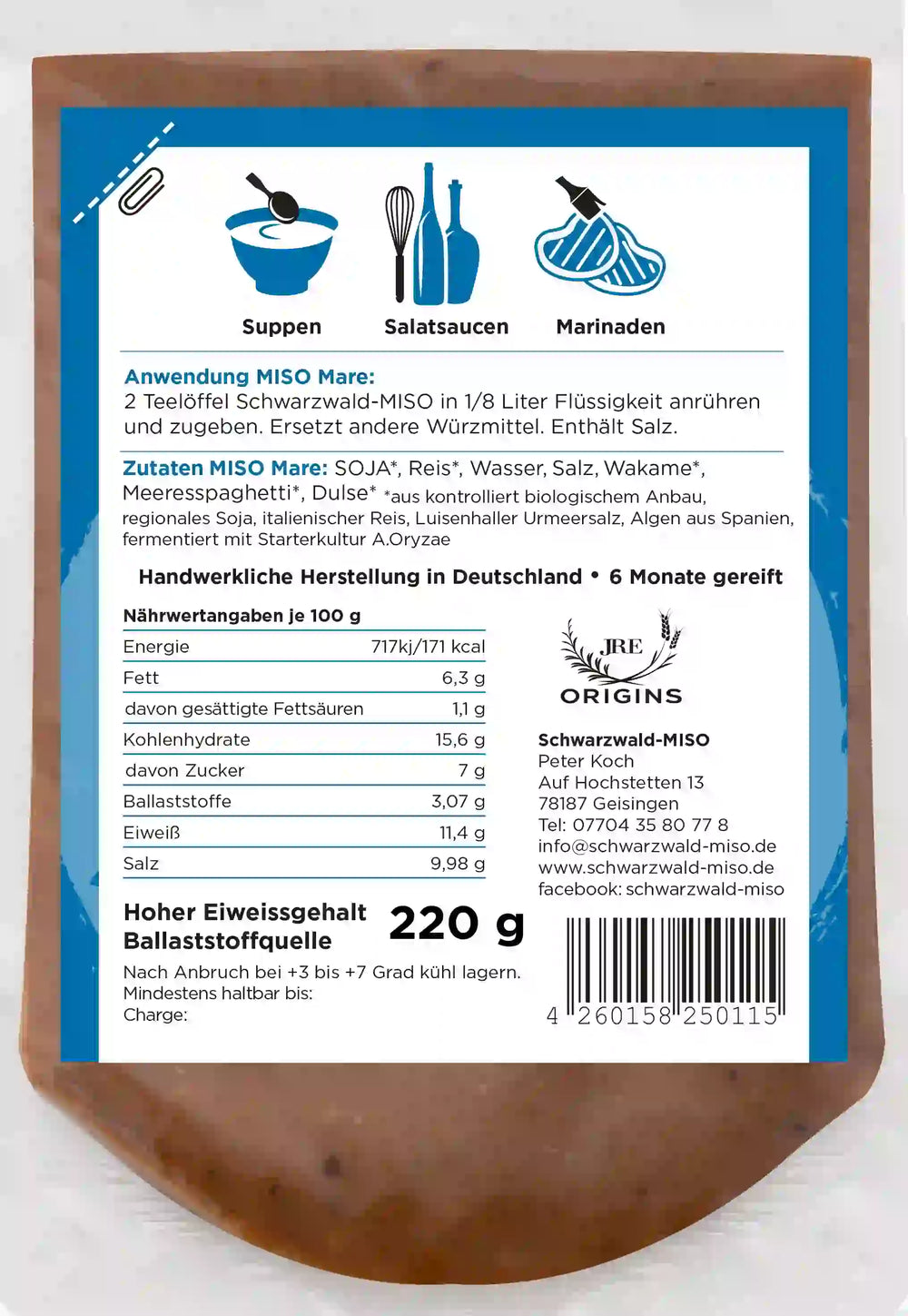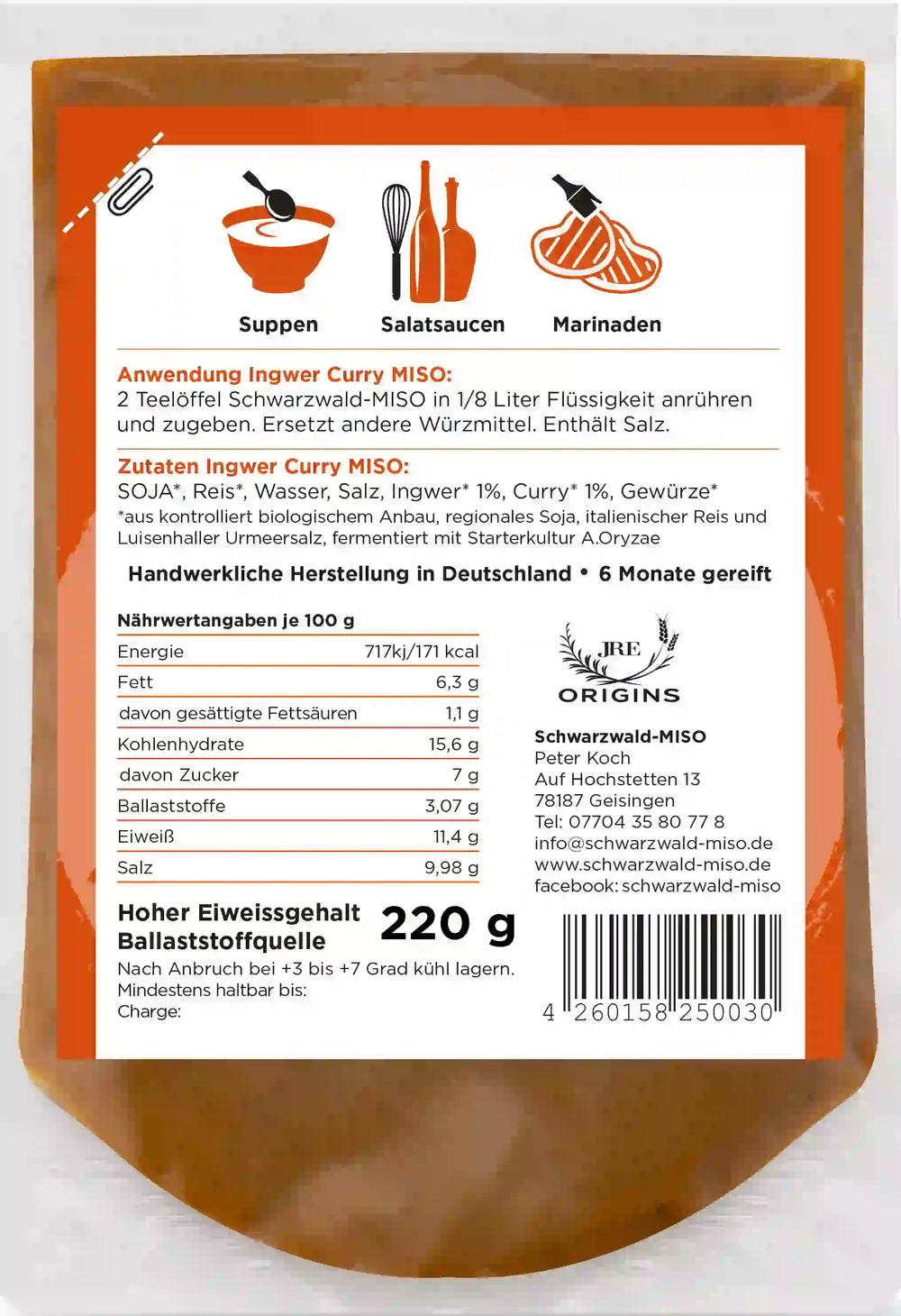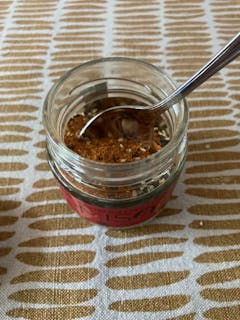The sweet and floral lupin miso is perfect for light, mild sauces, dressings, marinades and soups, wherever a light, mild, slightly salty base harmonizes.
Our recommendation for salad dressings, light sauces of all kinds, MISO mayonnaise, MISO hollandaise, and MISO mustard vinaigrette.
Application:
- For a broth: Mix 1-2 teaspoons of MISO paste with 6 teaspoons of water and add more water
- light sauce: mix 1-2 tsp miso paste with 6 tsp water and add
- Marinade: Mix 1-2 tsp of MISO paste with 6 tsp of water and then mix with 2 tsp of oil and stir briefly.
- Salad dressing: 1 tsp miso paste, 1 tsp vinegar, 2 tsp oil, 2 tsp water
Increase the amount of miso paste depending on the desired spiciness.
Cooking Basics | Vinaigrette:
To enhance raw salads, the secret of the perfect salad dressing is often a well-kept secret in many restaurants. A classic combination of vinegar and oil is used, known in France as vinaigrette. Since vinegar and oil don't mix naturally, both ingredients must be vigorously blended. Miso provides the solution. As a natural emulsifier, it effortlessly binds vinegar and oil, making it a popular ingredient in salad dressings.
Information from the gastronomy | the lupin miso:
Bernd Bachofer, Michelin-starred chef from Waiblingen, loves lupin miso and appreciates it very much: “Its sweet-floral taste, its mildness and its subtle spiciness enriches my kitchen greatly.”
Ingredients | What's in it
In this miso, we use lupins from Germany, rice from Italy, ancient sea salt from Luisenhaller in Germany, and nothing else. We start with a starter culture, and then our lupin miso matures with the changing seasons.

Echte Handarbeit
Unsere MISO Pasten werden von MISO Peter persönlich für dich im Wechsel der Jahreszeiten fermentiert. Dadurch entstehen Lebensmittel mit Mehrwert.
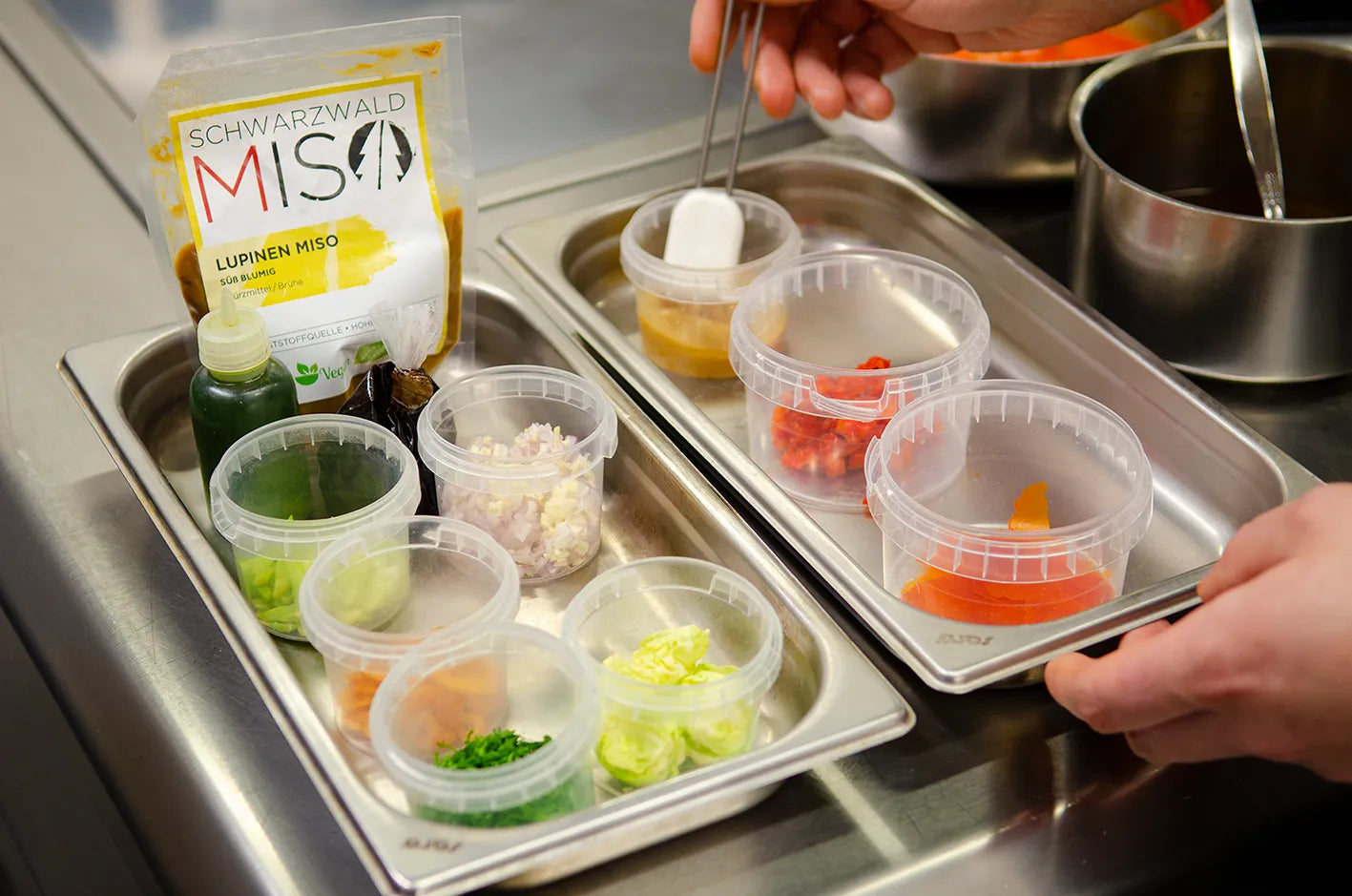
Sterneköche lieben es
MISO wirkt wie ein Fahrstuhl. Es nimmt alle Komponenten eines Gerichts und bringt alles zusammen auf ein höheres Niveau.

der Meister der Fermentation
MISO Peter
Die treibende Kraft hinter den PREMIUM MISO Pasten von Schwarzwald-MISO.
Vor fast 20 Jahren besuchte ein japanischer ZEN Meister den Schwarzwald und brachte der Familie von MISO Peter ein Original Rezept aus Kyoto, Japan mit.
Seither wird jährlich die Qualität stetig verbessert - die Japaner wären Stolz auf seine Perfektion.


